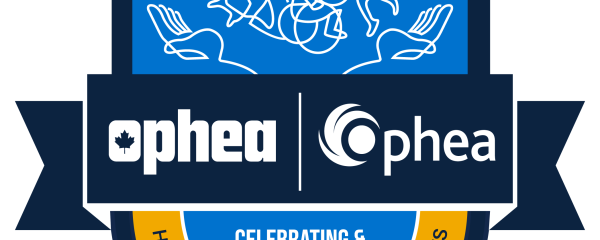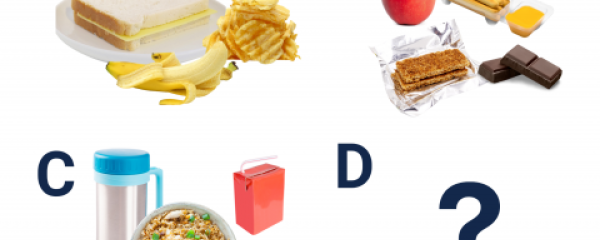What is it all about?
Students use grocery store flyers, website advertising, or a virtual shopping trip to identify how food advertising and food marketing techniques can affect their food choices and eating habits. Students generate ideas for strategies for making healthy food choices to support healthier eating habits in a variety of situations.
Curriculum Connections
Grade 4
Health & Physical Education: A1.1, A1.3, A1.5, A1.6, D1.1, D2.1, D3.1
Language - Media Literacy: 1.1, 1.2, 1.3, 1.4, 1.6, 2.1, 2.2, 3.2
Grade 5
Health & Physical Education: A1.1, A1.3, A1.5, A1.6, D2.2, D3.1
Language - Media Literacy: 1.1, 1.2, 1.3, 1.4, 1.6, 2.1, 2.2, 3.2
Grade 6
Health & Physical Education: A1.1, A1.3, A1.5, A1.6, D2.1
Language - Media Literacy: 1.1, 1.2, 1.3, 1.4, 1.6, 2.1, 2.2, 3.2
What is needed?
- Access to a virtual tour of or an actual field trip to a grocery store
- Pictures of a grocery store (e.g., layout, aisles, stocked food shelves, food, and product advertisements displayed)
- Pictures of convenience store advertisements (ads)
How is it done?
- Explain to students that grocery store flyers and in-store ads can influence a person’s food selections and eating habits. Shopping for food requires shoppers to make many decisions as they move through the aisles and navigate multiple options for similar foods. To develop healthier eating habits, we need to be aware of the influence of food advertisements and marketing techniques when we are helping with shopping. This is all part of developing healthier eating habits.
- Select and show students images of food ads from grocery store flyers and in-store ads, or have students bring in their own. Alternatively, consider taking students on a virtual tour of or actual field trip to a grocery store.
- Have students generate a list of all the overt and subtle ads in the grocery store flyers and/or the in-store signage that are designed to persuade shoppers to buy certain foods. Examples include offers of free food, tickets to movies or sports events, coupons for future purchases, claims about health and wellness, and wording such as “lowest price,” “bigger value,” and “buy one, get one free.”
- Have students consider the placement of items in the store and how they are grouped (e.g., by colour, similar brands in the same aisle, placed at appropriate eye level to target people they are trying to persuade, and placing snack items at grocery checkouts).
- Have students think about the ads and the marketing techniques they identified and how these might influence shoppers; for example, appealing to food preferences, health, culture, finances, likes, and dislikes. Have students determine how these same techniques might influence their eating choices and habits when helping with shopping.
- Have students work alone or in pairs to identify one tip or trick they might add to a list of “Tips & Tricks for Navigating a Grocery Store” for someone their age. Examples include: making a list of what you need to buy, making a budget, being aware of food ads and food marketing techniques, planning ahead to select healthier snack options, and considering foods available to them. Each tip or trick should help them make healthier food selections to support healthier eating habits in a variety of situations.
- Have students generate ideas about which social media platforms they might post their list on to reach their target audience.
Opportunities for Assessment
- Use the student generated list and large-group discussion to assess students’ understanding of food marketing techniques designed to influence their food choices and of options that support healthier eating habits.
- Use the student-generated tips and tricks list to assess students’ understanding of how to make healthier food choices and consider options available to them that support healthier eating patterns.
- Use the group-generated ideas for social media platforms to post their tips and tricks list to assess students’ understanding of media forms.
Ideas for Extension
- Have students create an ad (e.g., commercial; poster or flyer; song or jingle) to inform peers about the importance of being aware of food marketing techniques used in grocery stores that may influence their food choices. Suggest that students create hashtags as part of the advertisement.
- Have students work in small groups to create an awareness campaign that focuses on effective strategies for countering media influences on food product selection.
Educator Notes
- Students bring their learning home to their families, and they have variable amounts of control over the food they eat at home and the food they bring to school. Consult Creating a Safe and Inclusive Learning Environment for tips for talking about healthy food choices.
- Consult Additional Resources for more information about marketing techniques and their influences on people’s food choices.
- Consider accessing Canada’s Food Guide for more information about marketing influences on food choices and tips for healthier grocery shopping.



